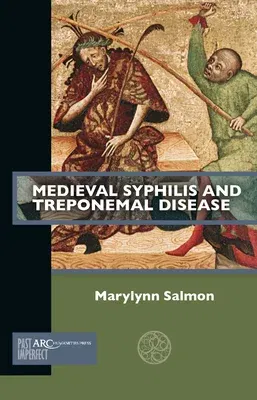Marylynn Salmon
(Author)Medieval Syphilis and Treponemal DiseasePaperback, 31 August 2022

Temporarily out of stock
Free Delivery
Cash on Delivery
15 Days
Free Returns
Secure Checkout

Part of Series
Past Imperfect
Print Length
112 pages
Language
English
Publisher
ARC Humanities Press
Date Published
31 Aug 2022
ISBN-10
180270048X
ISBN-13
9781802700480
Description
Product Details
Author:
Book Format:
Paperback
Country of Origin:
GB
Date Published:
31 August 2022
Dimensions:
17.2 x
11.4 x
0.99 cm
Genre:
Medieval (500-1453) Studies
ISBN-10:
180270048X
ISBN-13:
9781802700480
Language:
English
Location:
Leeds
Pages:
112
Publisher:
Series:
Weight:
113.4 gm